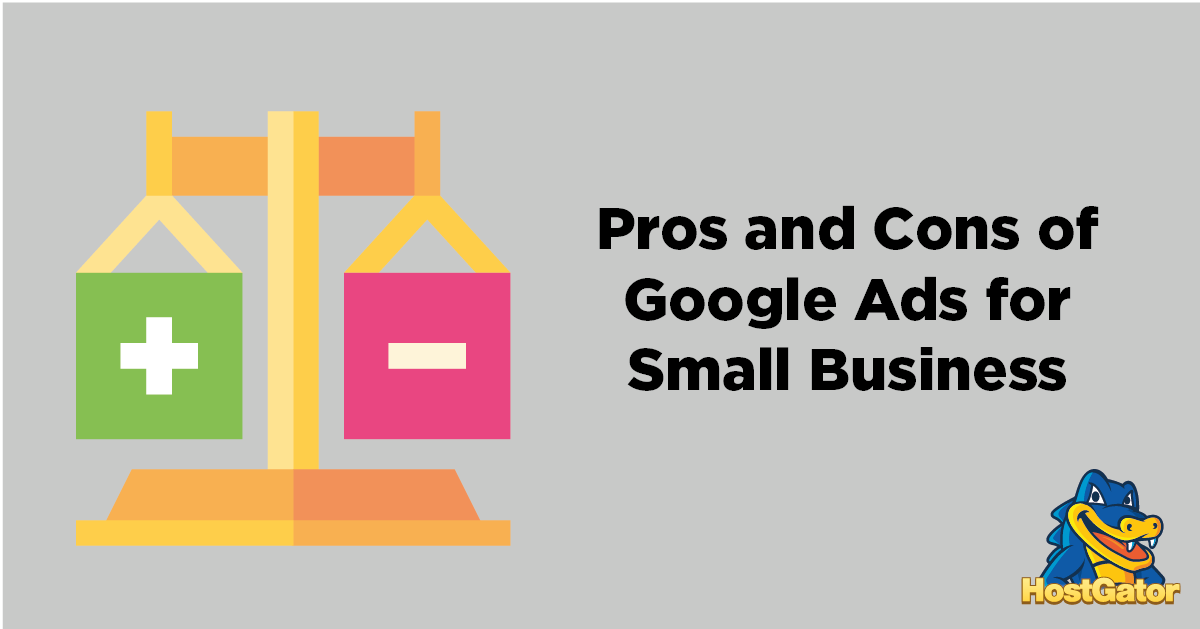“The customer is king” is a well-known term that stems from a universal view of how customer service should be approached. For decades, customer services and sales departments have taught their staff that this is the case, but this mindset has led to organizations treating every customer the same. So is this universal approach still relevant in today’s modern world?
The truth is that some customers are worth more to your business than others, meaning the customer is not always king!
Your frequent customers aren’t always your best
Customer data analysis enables marketers to individually determine customer value and prioritize those who have the most potential value over others. In the example of e-commerce, a customer that frequently purchases items from a brand appears to have far more value than the irregular purchaser. However, dig beneath the surface and you may find the irregular purchaser buys a single expensive item that far exceeds the monetary value of the regular purchaser’s total amount.
At we’ve run revenue analysis on well over 1,000 B2B databases and in nearly every case, we found that 60-80% of the revenue was coming from just 15-30% of customers.
It is essential to determine which customers are the ones bringing the most value – the future of your business depends on it! So this is where customer data analysis is vital.
Who should you focus on?
Customer insight, revenue analysis, and profiling need to be conducted on your customer base in order to segment them into groups that should or shouldn’t be focused on. Building a Money Map will identify the customers who are truly king, enabling you to focus on these individuals.
A Money Map also shows you the customers who have the potential for future growth. Perhaps, with some targeted marketing and engagement, these customers will grow in value and status to your business. A Money Map will also identify those customers who are using up time, effort and resources whilst providing you with little return.
Release customers who are costing YOU money!
Identifying your customers, understanding them, and investing time into their needs is a big commitment. So, this means you need to drop customers that are costing you money – or at the very least give them a different, automated, less resource-hungry process. With this handled, you can devote your time and effort to your high ROI customers in order to maximize profitability!
It’s a bold decision to discard customers, but it’s important to look at just how much value these customers bring to your business. If you release these low-value customers, they will suck up the resources and budget of your competitors, leaving you with extra time and resources to focus on the true kings – your high-value, cost-effective customers. Some of the most well-known businesses around are even adopting this strategy, such as Uber drivers being unwilling to pick up customers with anything less than a 4/5 rating!
Take care of your kings and your kings will take care of you
The kings should get VIP treatment and your customer service and sales teams should know their importance at all times. They spend big, stay long and contribute significantly to your profitability so make sure you treat them well.
The other customers simply are a drain on your budget and robbing you and your staff of their bonuses! You know the kind – the ones that need 50 conversations, only to walk away and not purchase anything. Or if they do buy, they haggle a ridiculous discount and make you wonder why you ever bothered. Then they suck up your aftersales team too!
Find your best customers
As shown, some customers are worth far more to your business than others, meaning that the customer is not always king! Some are, to put it simply, just a drain on budgets and resources. Therefore it’s important to balance effort and budget with reward.
At we can identify who your best customers are and which ones contribute the most to your profitability. With this information, you can then sack your bad customers and focus your resources on the ones that contribute 60-80% of your revenue.





